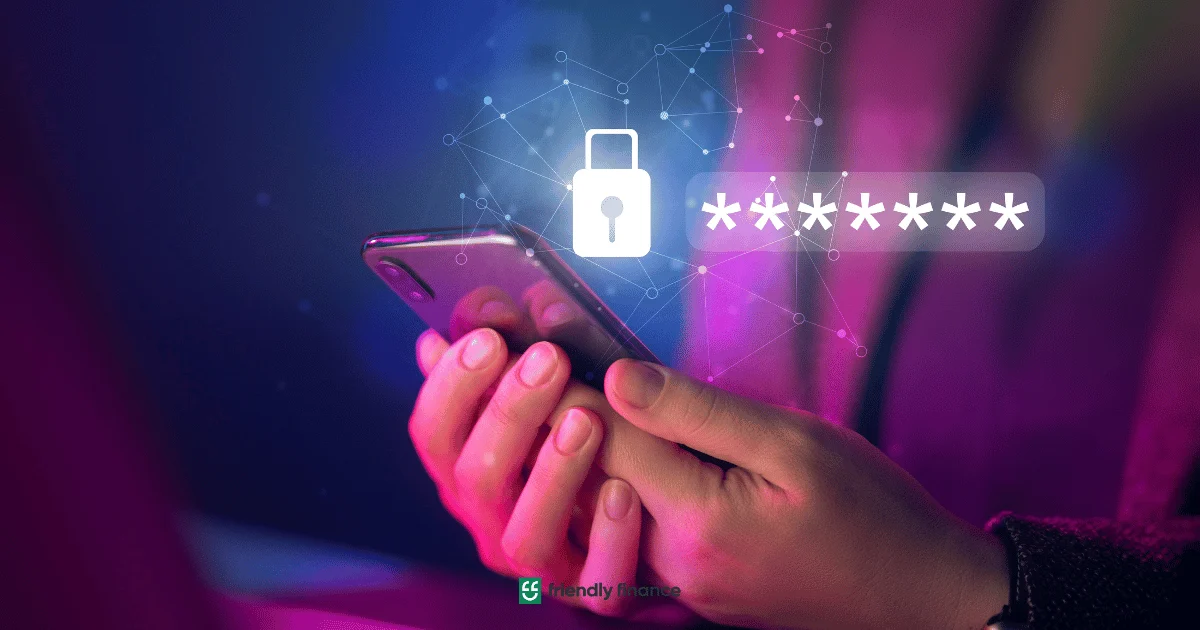How to Protect Your Online Banking from Cyber Threats: Essential Safety Tips You Need to Know
Protecting your online banking from cyber threats is important when applying for loans but is often overlooked. People know about it, but they don’t pay much attention. That is wrong. You should always ensure that your money is protected, applying for loans or not.
Yes, online banking apps have built-in security features. But do you know what those features are? Furthermore, do you know how to use those apps securely? This article will explore these topics. Continue reading to learn how to protect your online banking from cyber threats.
Online Banking Fraud
Paying your loans, shopping, and bank transfers are now so easy, thanks to online banking. However, it also gave criminals new ways to steal your money. They can shop with your account or transfer your money to theirs. The scary part is that all they need is your login information. They would need to do more if you know the best practices, which we will discuss later. Before that, let’s address an equally important matter. How are cybercriminals able to know people’s login information?
Phishing
They will send you an email pretending to be your financial institution. It will include a link to a website that looks like the real website of your bank. When you log in, it will fail because it is fake. The problem is that the username and password you entered will be sent to the cybercriminals.
Vishing
This scam is similar to phishing. Instead of sending you an email, they will call you by phone. They will ask for your account information and login details. Furthermore, they will ask you for some personal details, which will be helpful for them when they are pretending to be you.
Malware
Cybercriminals may send you virus-ridden files or apps. If you download these, they will be able to do different things, depending on the malware they choose to use. For example, they can intercept the data between your browser and the bank app. That lets them know your login details without your knowledge. Another approach uses Remote Access Trojans. These let them control your device remotely.
There’s also ransomware, which locks all your files and apps and can only be unlocked by paying them a huge amount of money. Please note that paying them would likely do nothing. The cybercriminals will ask you for more.
Keyloggers
Keyloggers are software that records your keyboard presses. They will track it when they detect that you are accessing a banking website or app. With that, cybercriminals will be able to learn your login information.
Please note that these are only some of the ways cybercriminals can steal your online banking login information. Also, there’s another type of attack that doesn’t need them to log into your account. With malicious scripts, they can automatically transfer your funds while you are using your online banking apps. That said, knowing the best cybersecurity practices is a must to protect your finances.
Best Cybersecurity Practices for Protecting Your Online Banking
Here are the things you need to keep in mind when using online banking apps and websites securely.
1. Recognise Scams
Knowing the cybercriminal’s schemes goes a long way in protecting yourself from potential threats. If you have noticed, cybercriminals need you to install apps or download files to steal your login information. That said, you should only download from trustworthy websites and app stores. Also, do not click links, especially ones sent to you by strangers. Knowing your financial institution’s official email also helps.
2. Use Two-Factor or Multi-Factor Authentication Wisely
Many online banking apps now offer two-factor or multi-factor authentication. These require the user to verify their identity every time they do something important. For example, if you are trying to send money to a different account, the app will send you an OTP (one-time password.) You need to enter this into the app to proceed with what you are trying to do. And if you often handle cross-border transfers, especially to regions with high remittance activity such as Vietnam, learning about the best way to send money to Vietnam can help you choose secure platforms that protect your transfers and keep your OTPs, and fund safe from fraud.
Cybercriminals can still steal your funds even with this. You will receive an SMS or a call from them asking for the OTP. They will pretend to be your financial institution. That said, you should never send your OTP to anyone. It goes directly into the app or website, and there it is alone. If someone asks for it, they are likely cybercriminals.
3. Use Virtual Private Networks
Cybercriminals can intercept your internet traffic and collect sensitive information. A Virtual Private Network helps prevent this by encrypting your connection. It is especially important when you are connected to public Wi-Fi. These networks are notorious for being not secure.
You can choose from many VPN providers. Surfshark is one of the most popular ones. When choosing a VPN provider, we recommend that you check their features thoroughly. Confirm that it can actually protect your data. To make that easier for you, cybersecurity experts at Cybernews have written a comprehensive review for you to check.
4. Review Bank and Credit Card Transactions
Your bank will send you statements and credit card transactions regularly. You can also check your online banking app to review these at any time.
Some cybercriminals opt to steal little by little instead of transferring all your funds at once. Regularly reviewing your statements can help you spot unusual transactions. If you find any charges you don’t recognise, contact your bank right away. You can also use that as a signal that you need to update your login credentials to secure your account.
Online banking offers convenience. You can shop online or pay your lenders with just a few clicks. However, it also introduced new ways for cybercriminals to steal your money. They can intercept your data or even directly ask you for your login credentials, PINs, or OTPs.
Recognising these scams and knowing the best cybersecurity practices helps thwart their attacks. Use VPNs, do not click links if you’re not sure they are safe, and download apps only from trusted app stores. Furthermore, never send your PIN or OTP to anyone. By adopting these habits, you can stay one step ahead of cybercriminals and enjoy peace of mind, knowing they can’t steal your funds.

